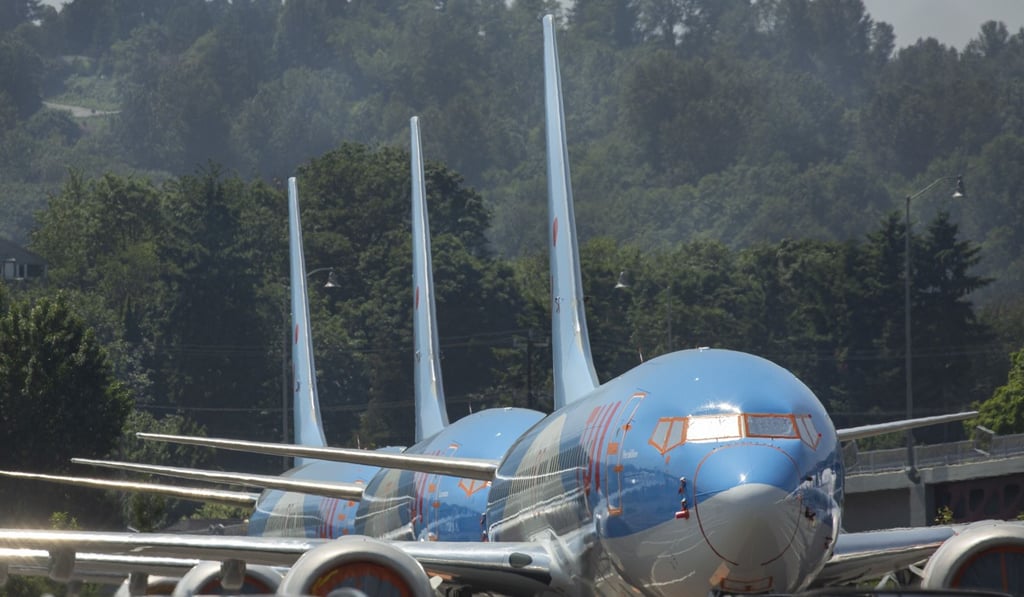More trouble for Boeing: US Federal Aviation Administration finds some 737 MAX planes may have faulty parts that could cause damage in flight
- FAA says a complete failure of the faulty ‘leading edge slat track’ would not result in the loss of the aircraft, but a failed part could cause aircraft damage in flight

The US Federal Aviation Administration on Sunday disclosed a new problem involving Boeing Co’s grounded 737 MAX, saying that more than 300 of that troubled plane and the prior generation 737 may contain improperly manufactured parts and that the agency will require these parts to be quickly replaced.
The FAA said up to 148 of the part known as a leading-edge slat track that were manufactured by a Boeing supplier are affected, covering 179 MAX and 133 NG aircraft worldwide. Slats are movable panels that extend along the wing’s front during take-offs and landings to provide additional lift. The tracks guide the slats and are built into the wing.

The 737 MAX, Chicago-based Boeing’s bestselling jet, was grounded globally in March following a fatal Ethiopian Airlines crash after a similar Lion Air disaster in Indonesia in October. The two crashes together killed 346 people. Boeing has yet to submit a software upgrade to the FAA as it works to get approval to end the grounding of the 737 MAX.
In a statement issued after the FAA announcement, Boeing said it has not been informed of any in-service issues related to this batch of slat tracks. Boeing, the world’s largest plane maker, said it has identified 20 737 MAX aeroplanes most likely to have the faulty parts and that airlines will check an additional 159 MAXs for these parts.
Boeing said it has identified 21 737 NGs most likely to have the suspect parts and is advising airlines to check an additional 112 NGs. The NG is the third-generation 737 that the company began building in 1997.